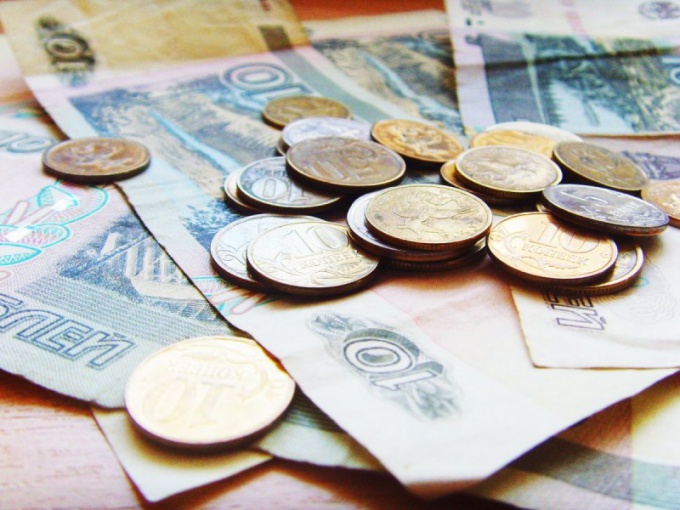From the point of view of the current legislation, the subsistence minimum is a monetary expression of value of the so-called consumer basket. She, in turn, includes a minimum of food and nonfood goods and services necessary for securing basic physical survival for one month.
The composition, size and other characteristics of the subsistence minimum in the Russian Federation are established at the legislative level. So, at the moment they are determined by Federal law No. 134-FZ of 24 October 1997 On the subsistence minimum in the Russian Federation".
The said legal act provides that in a country with a certain periodicity is established for several types of living wages. First, the legislator starts from the premise that to provide adult, child and pensioner needs a different amount of money. The authorities expect three main types of subsistence minimum for able-bodied population, pensioners and children.
The second factor that differentiated subsistence minimum - the region of residence. The fact that in different regions the level of prices for the same goods or services can vary significantly depending on a number of factors, including climatic conditions, salaries and others. Respectively, will vary and the value of the cost of living in these regions. Thus, the country is calculated Federal subsistence minimum and the subsistence minimums for each region of the Russian Federation.
The subsistence minimum in the whole country is set quarterly and is subject to registration in special legal act issued for this reason. Thus, in the first quarter of 2014, the Federal minimum wage, established by the Decree of the Government of the Russian Federation No. 586 of June 26, 2014, was $ 7688 rubles per month.
The decision also identified the size of this indicator for different social groups. So, for an adult subsistence minimum was set at 8283 rubles a month, for children - 7452 ruble a month, for pensioners - 6308 rubles a month.
However, given the rising prices in the country, the cost of living has tendency to increase, that is, in each quarter, in most cases is higher than in the previous. Thus, in the first quarter of 2014 compared to the fourth quarter of 2013, this figure rose by 4.9%.
The concept of a living wage
The composition, size and other characteristics of the subsistence minimum in the Russian Federation are established at the legislative level. So, at the moment they are determined by Federal law No. 134-FZ of 24 October 1997 On the subsistence minimum in the Russian Federation".
The said legal act provides that in a country with a certain periodicity is established for several types of living wages. First, the legislator starts from the premise that to provide adult, child and pensioner needs a different amount of money. The authorities expect three main types of subsistence minimum for able-bodied population, pensioners and children.
The second factor that differentiated subsistence minimum - the region of residence. The fact that in different regions the level of prices for the same goods or services can vary significantly depending on a number of factors, including climatic conditions, salaries and others. Respectively, will vary and the value of the cost of living in these regions. Thus, the country is calculated Federal subsistence minimum and the subsistence minimums for each region of the Russian Federation.
The subsistence minimum
The subsistence minimum in the whole country is set quarterly and is subject to registration in special legal act issued for this reason. Thus, in the first quarter of 2014, the Federal minimum wage, established by the Decree of the Government of the Russian Federation No. 586 of June 26, 2014, was $ 7688 rubles per month.
The decision also identified the size of this indicator for different social groups. So, for an adult subsistence minimum was set at 8283 rubles a month, for children - 7452 ruble a month, for pensioners - 6308 rubles a month.
However, given the rising prices in the country, the cost of living has tendency to increase, that is, in each quarter, in most cases is higher than in the previous. Thus, in the first quarter of 2014 compared to the fourth quarter of 2013, this figure rose by 4.9%.
